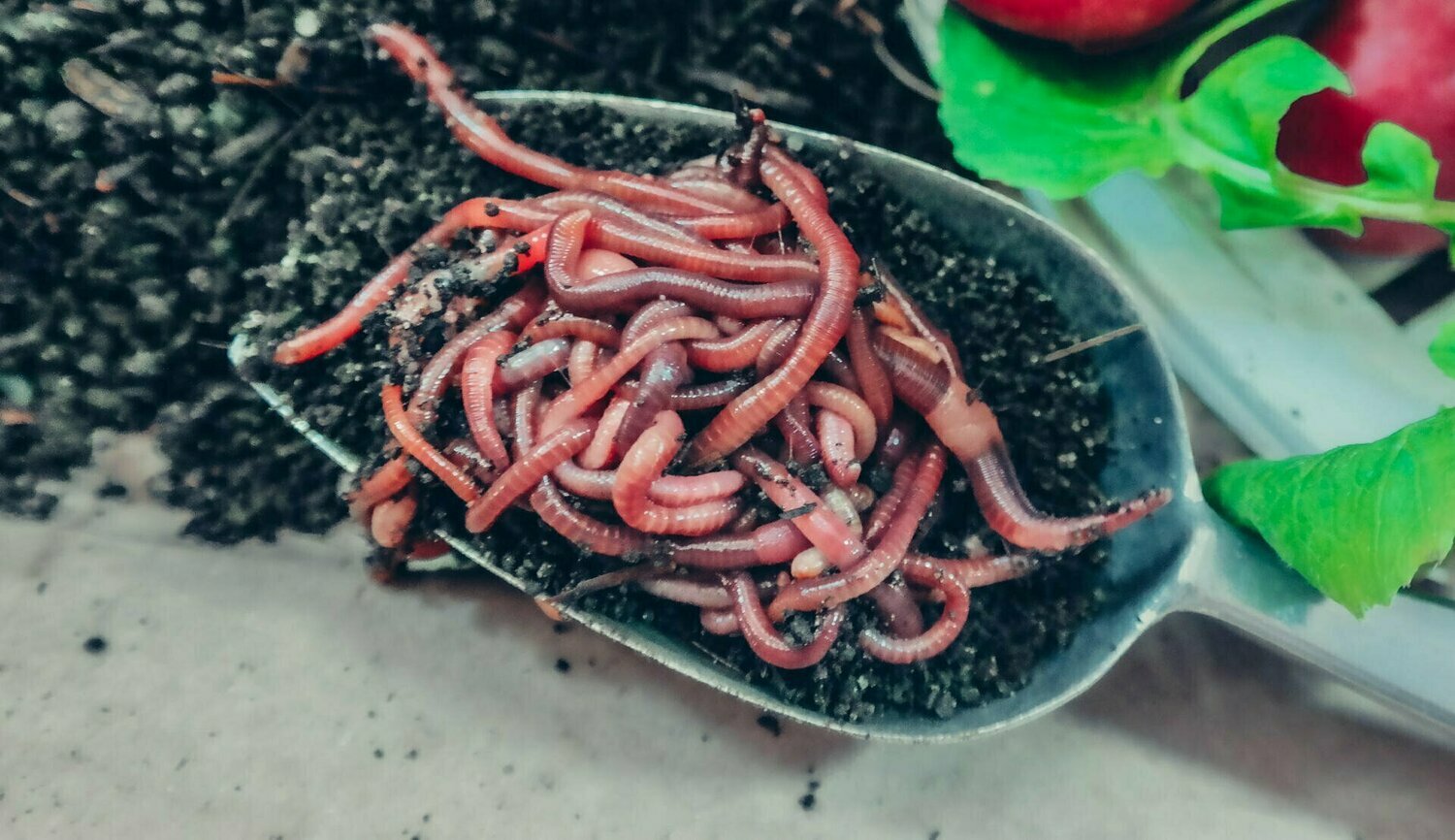Every Little Thing You Required to Know Concerning Red Wigglers for Composting
Red wigglers, or Eisenia fetida, play an essential function in the realm of composting, changing natural waste right into beneficial dirt modifications. Their one-of-a-kind biological traits allow them to thrive in numerous problems, making them a perfect selection for both novice and skilled composters alike. Comprehending their needs and benefits is important for establishing an efficient vermicomposting system. The process of establishing up a worm bin and preserving it can posture obstacles. To successfully harness the capacity of these worms, one should discover the intricacies of their care and monitoring.
What Are Red Wigglers?

(Worm Farms Near Me)
Native to The United States and copyright, red wigglers are surface-dwelling microorganisms that favor damp, warm habitats rich in breaking down raw material. Their diet consists mainly of rotting plant product, food scraps, and various other organic debris, which they consume and damage down successfully. As they absorb this product, they create nutrient-rich spreadings that boost dirt fertility.
Red wigglers are hermaphroditic, having both male and women reproductive body organs, and can reproduce promptly under optimum conditions. On the whole, red wigglers are vital contributors to the procedure of reusing natural waste right into beneficial garden compost.
Advantages of Utilizing Red Wigglers
Utilizing red wigglers in composting systems supplies countless benefits that enhance both the efficiency of waste management and the high quality of the resulting garden compost. These worms, medically called Eisenia fetida, are especially efficient at breaking down raw material, transforming kitchen area scraps and lawn waste right into nutrient-rich compost at an increased rate.
One of the primary benefits of making use of red wigglers is their ability to take in big amounts of natural material, often processing their weight in food waste daily. This high usage rate brings about much faster decay and reduces the volume of waste sent to garbage dumps. The castings generated by red wigglers are rich in vital nutrients, helpful bacteria, and enzymes, making them an outstanding fertilizer for yards and plants.
Additionally, red wigglers prosper in a range of atmospheres, making them adaptable for both indoor and outdoor composting systems - red wigglers. Their presence in a compost bin helps to freshen the material, avoiding smells and promoting a healthy composting procedure. In general, employing red wigglers not just adds to efficient waste administration however also sustains sustainable gardening practices via the production of high-quality compost
(red wigglers for sale cheap)
Setting Up Your Worm Container
To efficiently establish up a worm bin, it is important to select a suitable container that meets the needs of red wigglers while giving a favorable atmosphere for composting. A suitable container can be made from plastic, timber, or steel, with a capability of at the very least 1 square foot for every single pound of worms.
Make certain the container has ample drain holes to stop excess moisture, as red wigglers thrive in a moist, but not water logged, atmosphere. red wigglers. The bin must likewise be aerated to offer enough airflow, stopping anaerobic conditions that can hurt the worms
A suitable location for the worm container is an amazing, dark location, devoid of direct sunshine and extreme temperatures, as red wigglers favor a temperature series of 55 to 77 degrees Fahrenheit.
Prior to presenting the worms, prepare bed linen materials such as shredded newspaper, cardboard, or coconut coir, which will certainly give both habitat and food. Dampen the bed linens gently to create a welcoming environment for the worms. Take into consideration positioning a cover on the bin to preserve moisture and minimize insects, while guaranteeing it can be conveniently eliminated for maintenance.
Feeding and Care Standards
Feeding red wigglers is a vital aspect of keeping a healthy and balanced composting system. These worms flourish on a diverse diet, mainly made up of natural products such as fruit and vegetable scraps, coffee premises, and crushed eggshells. It is necessary to stay clear of feeding them meat, milk, and oily foods, as these can develop undesirable odors and draw in insects.
When presenting food to your worm bin, cut or shred products right into smaller sized pieces to help with quicker decay. Begin with percentages to assess the worms' usage price, slowly raising the quantity as they adjust. It is recommended to alternating feeding locations within the container to encourage complete blending and aeration of the compost.

Troubleshooting Common Issues
Preserving a flourishing worm composting system can occasionally present challenges that call for attention and troubleshooting. Typical concerns consist of an undesirable odor, which typically shows overfeeding or the visibility of anaerobic problems. To correct this, lower the amount of food included and make certain correct oygenation by mixing the bed linen material.
One more regular issue is the getaway of worms from the container. This can occur as a result of too much dampness or inappropriate ecological conditions. Frequently check the wetness levels, going for a wet however not soaked uniformity, and preserve optimum temperature levels in between 60-80 ° F(15-27 ° C )to create a comfy habitat for your red wigglers.
Parasites, such as fruit flies, can likewise get into worm bins. red wigglers. To fight this, cover food scraps with a layer of bed linen or shredded paper to hinder flies from laying eggs. Furthermore, guarantee that any type of food included is fresh and without mold and mildew, which can draw in unwanted insects
Lastly, if your worms seem non-active, check for anxiety factors such as temperature level fluctuations or inadequate moisture. Attending to these usual issues will assist keep a healthy and efficient worm composting system.
Verdict
In summary, red wigglers, or Eisenia fetida, play an essential function in lasting waste pop over here monitoring through vermicomposting. Correct configuration and upkeep of a worm container, along with adherence to feeding guidelines, ensure a growing environment that minimizes landfill contributions.